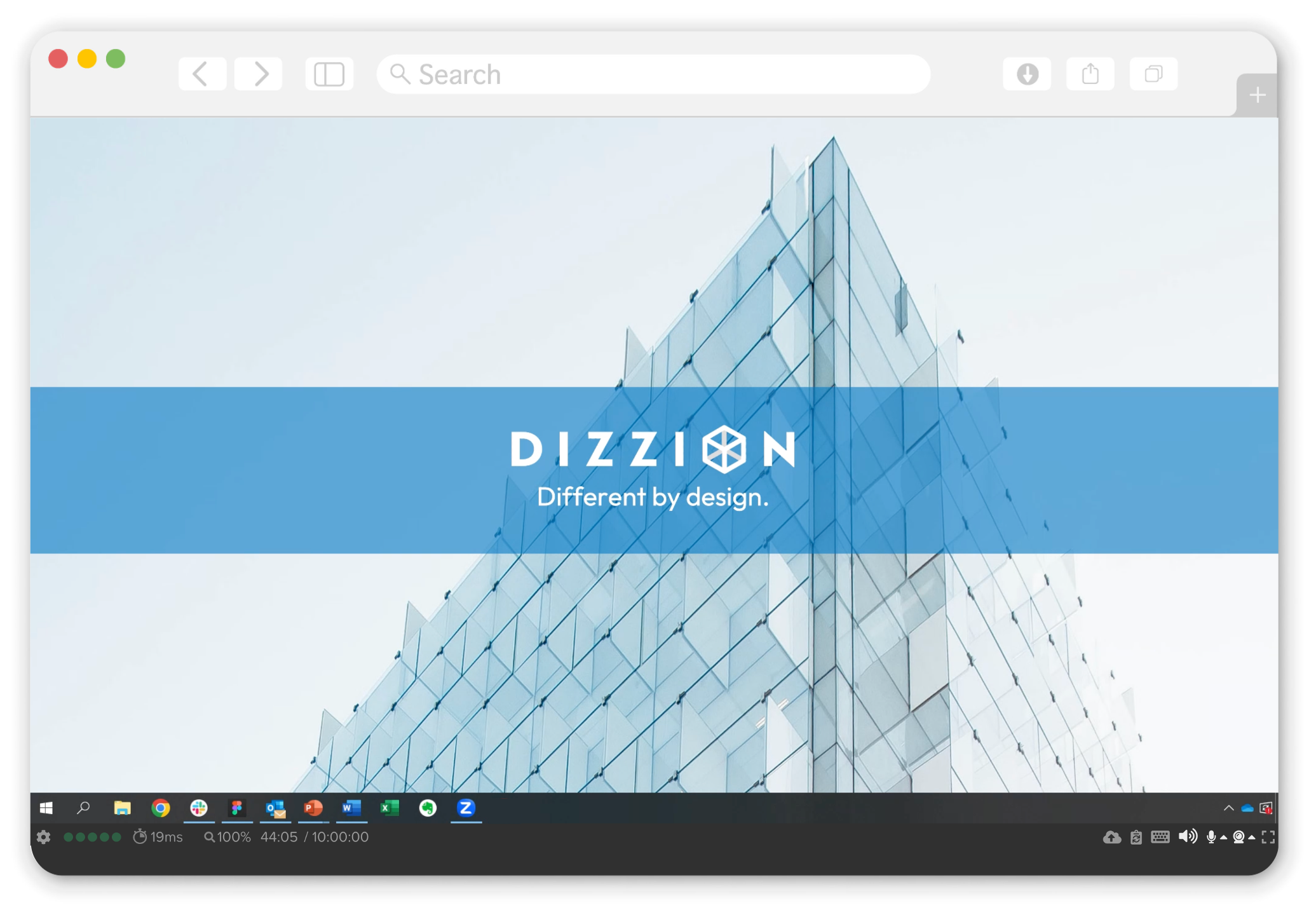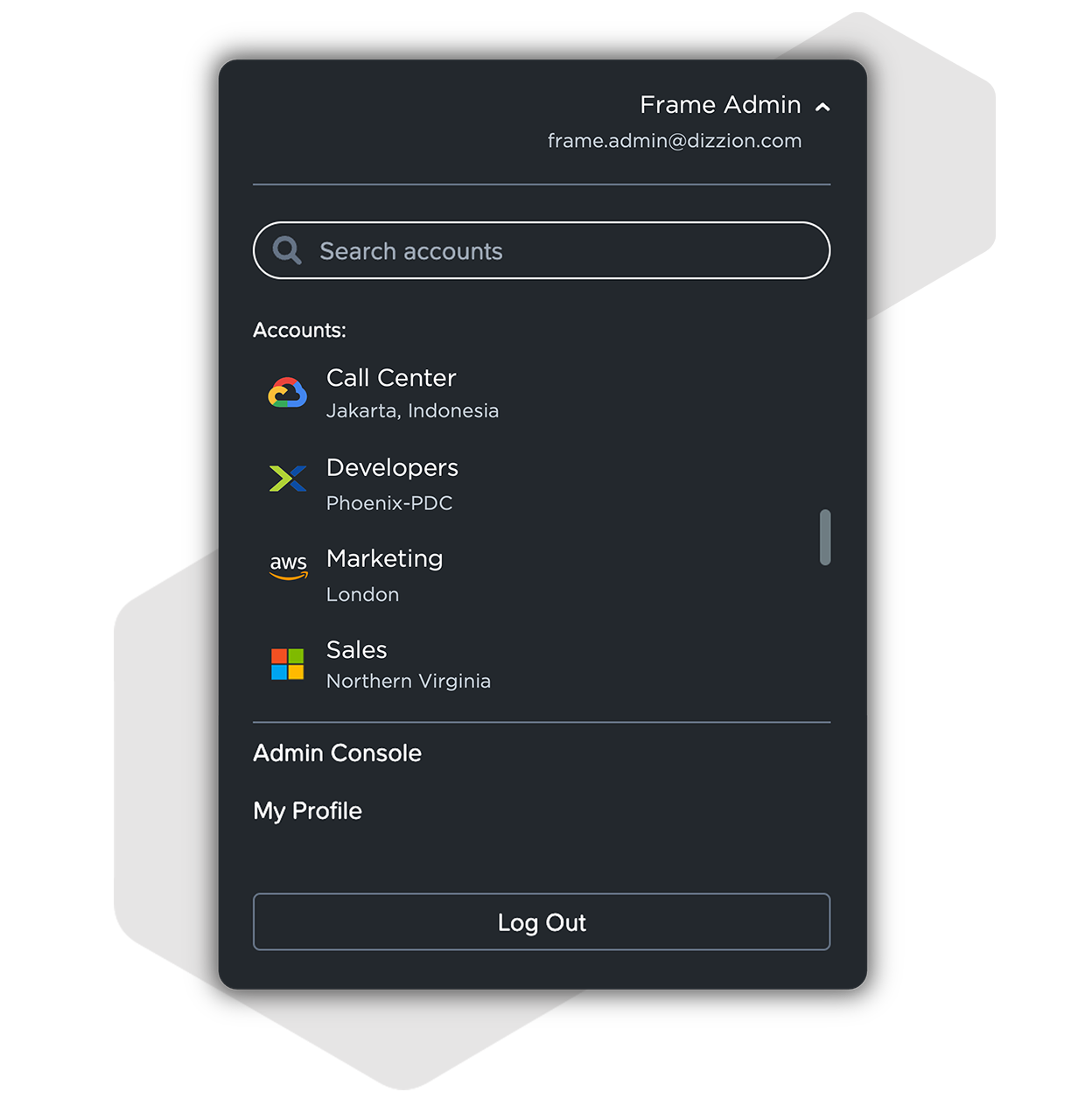Dizzion Cookie Consent
By clicking “Accept”, you agree to the storing of cookies on your device to enhance site navigation, analyze site usage, and assist in our marketing efforts. View our Privacy Policy for more information.
dizh•uhn
Our offerings are designed to help organizations of any size and expertise to deliver the future of work, today. Start with the offering that best aligns with your current needs (you can always switch when those needs change) and let's start transforming your workspace experience, together.
| Flex | Managed | Complete | |
|---|---|---|---|
| Multi-Cloud Support | • | • | • |
| Enterprise Features | • | • | • |
| Technical Support | • | • | • |
| Managed Services | • | • | |
| Dedicated Customer Success Manager | • | • | |
| Hosting Services | • | ||
| +Compliance | $ | $ |


































Users enjoy native in-session VoIP and video-conferencing, 4K resolution, 60 fps, and multiple monitors - all from the comfort of their favorite browser.
No clients or plug-ins required!



Deploy to your BYO cloud of choice including AWS, Google Cloud Platform, Microsoft Azure, and on-premises on Nutanix AHV. Enjoy DaaS with a true hybrid and multi-cloud support with no lock-in.



Harness enterprise capabilities effortlessly. Our admin console, a true single pane-of-glass, offers one-click configurations, guided deployment wizards, robust APIs, and integrated documentation.
